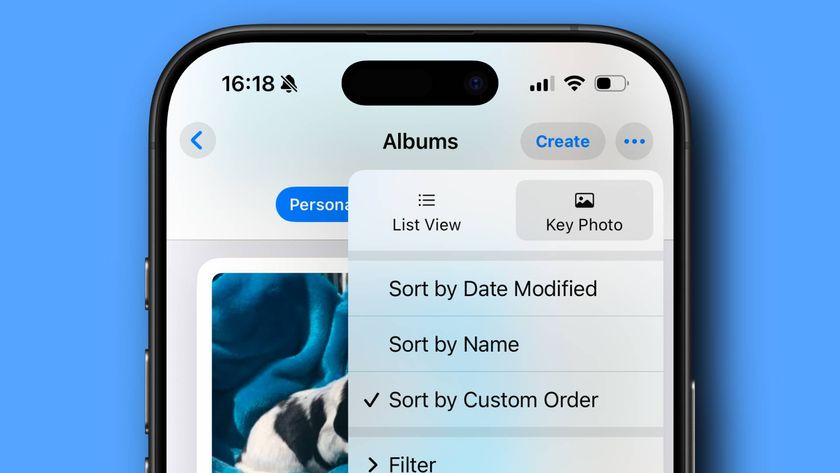How the cloud has transformed vendor business models
Subscription services rule
As a result, vendors have to be much more aware of that. One consequence of this is that user interfaces have to be intuitive and allow easy access to functionality as users are much less likely to persevere with learning the idiosyncrasies of a particular piece of software.
In an interesting way, the demise of vendor lock-in is driving levels of innovation and change in our industry because now vendors have to be far more sensitive to the needs of their customers if they are actually to successfully retain them in the subscription economy.
TRP: What is the role of predictive analytics for cloud vendors?
MM: In the past, you went out to the market, did an RFP and you got a load of vendors to come and tell you how good their software was. They probably did a demonstration for you and then you had to buy licenses.
These licenses were perpetual licenses and attached to these licenses were support contracts. As a vendor, once I had sold those licenses, my motivations for understanding how you deployed those licenses was not a significant part of my business model.
I wanted you to be successful, I wanted you to use those licenses but the fact that you have paid for them, meant that the risk of usage was immediately transferred to the customer.
In cloud based solutions, particularly where services are driven as part of a subscription model, the risk of usage becomes a shared risk. What I mean by that is, in this day and age, if I buy a subscription service, it is as important to the vendor that I effectively use those subscriptions as it is to the customer. Why?
Are you a pro? Subscribe to our newsletter
Sign up to the TechRadar Pro newsletter to get all the top news, opinion, features and guidance your business needs to succeed!
At the end of that subscription term, I would have the right as a customer to decide whether I want to increase my subscription or decrease. Interestingly enough, we recently did some research that showed for most companies, if they haven't driven adoption and usage within the first 90 days, the risk of attrition in that subscription rises exponentially. So why are predictive analytics so important in that world?
In a subscription economy, you must know and understand the behaviour of your customer. It is critical that you can drive your organisation to react to what your customer is doing and what your customer is saying.
Cloud based services must be able to take usage data and build intelligent insights and take intelligent actions against that usage data.
For example, if you bought 10 subscriptions of a service and you are only using four of them, I can start engaging with you as my customer to determine how I can increase your adoption.
For example, I may offer you training or explain the features of that service that you are not using. Perhaps the usage data, shows that you prefer using one service over another which gives me the opportunity to up sell or cross sell you to other parts in my service offering.
Usage data has to be managed in a way that you can predict behaviour and on that prediction you can take action. For cloud vendors, the ability to have predictive analytics is critical. The better adoption is, the greater retention is likely to be.
The opportunity to increase wallet share of your customer through better adoption and better retention is how you drive towards a customer lifecycle value.
In a business model where paid consumption of a product has to happen over time in order to provide an acceptable return on investment, rather than being heavily skewed towards initial acquisition only, predictive analytics are nothing less than essential.

Désiré has been musing and writing about technology during a career spanning four decades. He dabbled in website builders and web hosting when DHTML and frames were in vogue and started narrating about the impact of technology on society just before the start of the Y2K hysteria at the turn of the last millennium.











